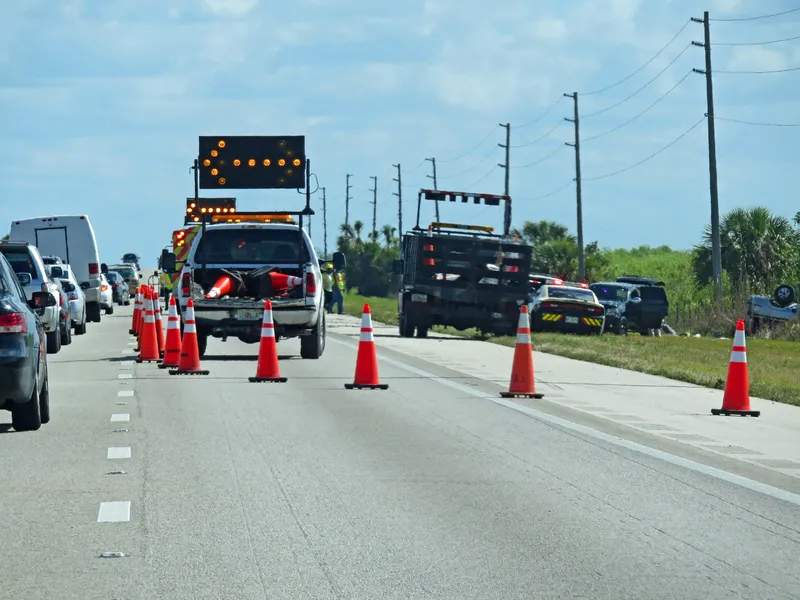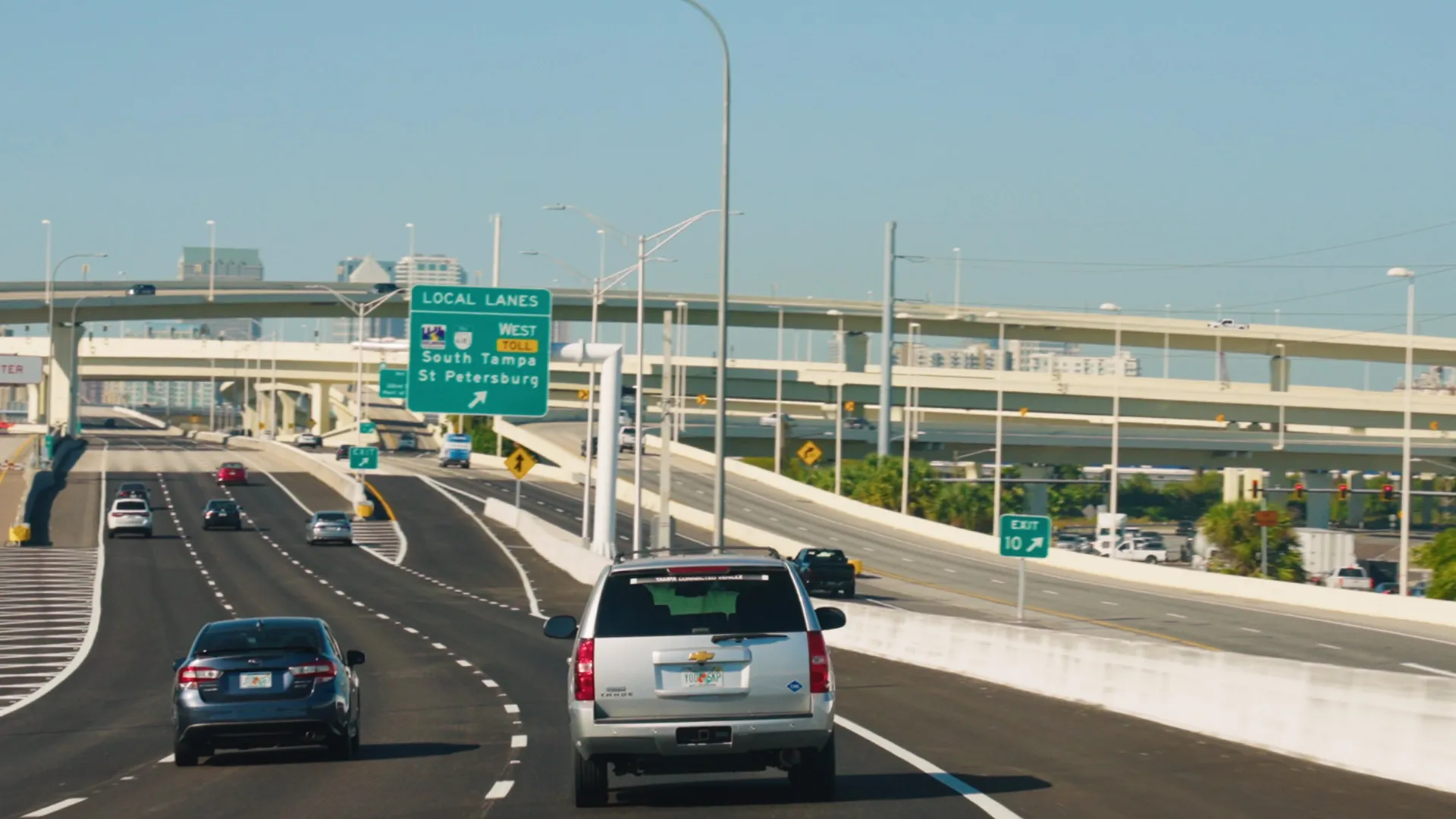The New York City Department of Transportation (NYC DOT) has selected TransCore to lead the initial design of its recently announced Connected Vehicle Pilot Deployment Program.
When deployed, this project will integrate TransCore’s TransSuite traffic management system technology with an in-vehicle device to further improve traffic flow, reduce accidents and improve pedestrian safety.
October 21, 2015
Read time: 2 mins
The 5590 New York City Department of Transportation (NYC DOT) has selected 139 TransCore to lead the initial design of its recently announced Connected Vehicle Pilot Deployment Program.
When deployed, this project will integrate TransCore’s TransSuite traffic management system technology with an in-vehicle device to further improve traffic flow, reduce accidents and improve pedestrian safety.
Supporting Mayor Bill de Blasio’s Vision Zero initiative to eliminate traffic deaths by 2024, the Connected Vehicle program will equip approximately 10,000 cars, buses and trucks with devices that pull real-time information on road conditions and transmit it directly into the vehicle. This project is funded as part of5386 the United States Department of Transportation’s Connected Vehicle Pilot program. TransCore will develop the Concept of Operations and Deployment Plan for the NYC DOT program.
“Cities across the U.S. have always looked to New York for ideas that work in some of the busiest environments anywhere on the globe. We now have the incredible opportunity to lead the nation in unlocking the promise of Connected Vehicle technology in a live, real-world environment,” said NYC DOT deputy director of System Engineering, Mohamad Talas.
The new in-vehicle applications will notify drivers of speed, impending red lights, approaching pedestrians, adjacent vehicles and work zones. Drivers of buses and fleet vehicles will also be alerted to potential hazards, including bridge clearances, route restrictions and curve speed warnings.
“New sensing and communication technologies are enabling an entirely new suite of applications to make our streets safer, even in the most densely populated areas,” said TransCore senior vice president of ITS Solutions, Michael Mauritz. “We are honoured to lead this effort, and applaud the City of New York and the831 Federal Highway Administration in setting a course others can follow.”
When deployed, this project will integrate TransCore’s TransSuite traffic management system technology with an in-vehicle device to further improve traffic flow, reduce accidents and improve pedestrian safety.
Supporting Mayor Bill de Blasio’s Vision Zero initiative to eliminate traffic deaths by 2024, the Connected Vehicle program will equip approximately 10,000 cars, buses and trucks with devices that pull real-time information on road conditions and transmit it directly into the vehicle. This project is funded as part of
“Cities across the U.S. have always looked to New York for ideas that work in some of the busiest environments anywhere on the globe. We now have the incredible opportunity to lead the nation in unlocking the promise of Connected Vehicle technology in a live, real-world environment,” said NYC DOT deputy director of System Engineering, Mohamad Talas.
The new in-vehicle applications will notify drivers of speed, impending red lights, approaching pedestrians, adjacent vehicles and work zones. Drivers of buses and fleet vehicles will also be alerted to potential hazards, including bridge clearances, route restrictions and curve speed warnings.
“New sensing and communication technologies are enabling an entirely new suite of applications to make our streets safer, even in the most densely populated areas,” said TransCore senior vice president of ITS Solutions, Michael Mauritz. “We are honoured to lead this effort, and applaud the City of New York and the










